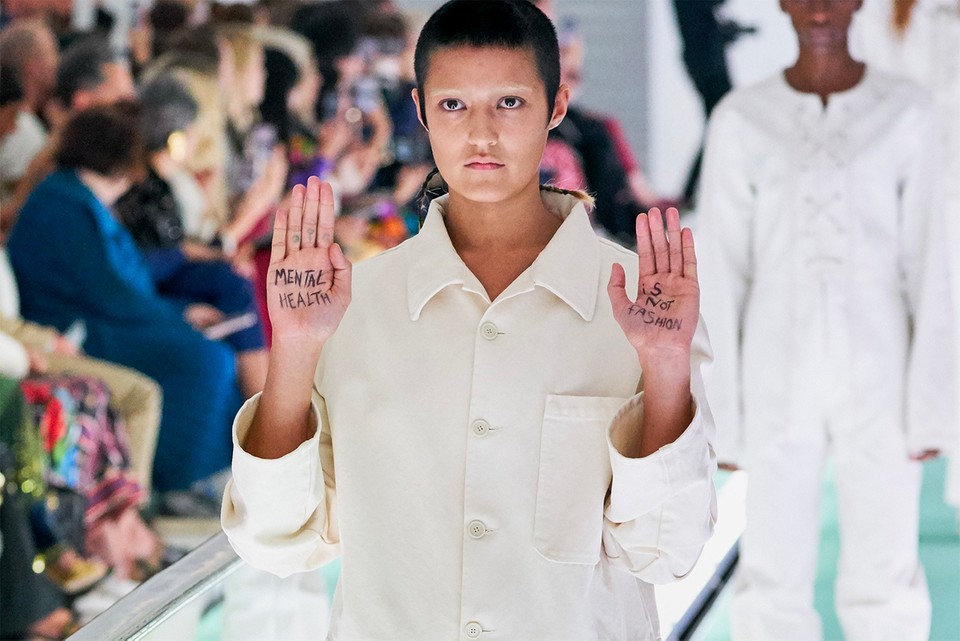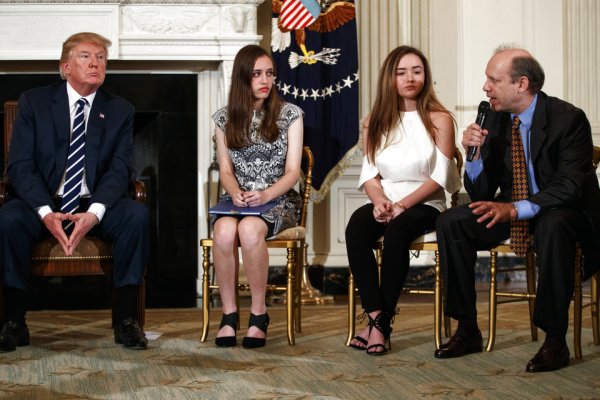By Aimilia Konialidis, Year 10
Ayesha Tan-Jones, a model, artist, and musician, made a statement on the runway during Milan Fashion Week while modeling for Gucci. The clothes that were being modeled — all white jackets and trousers with many buttons and buckles — are said to have been influenced by straitjackets, used to confine the arms of a violent mental patient. The runway, being a conveyor belt, meant that the models were not walking. They, therefore, resembled “factory meat” wrapped in packaging (the straitjackets), while also sending an unclear message about mental health. Tan-Jones, having previously struggled with various mental illnesses, decided that they could not remain silent and in protest wrote “Mental Health Is Not Fashion” on her hands.
Gucci has denied all claims against the jackets, saying that they were supposed to represent that “through fashion, power is exercised over life, to eliminate self-expression.” That said, Gucci is not the first major fashion house to have designed a controversial piece of clothing – Burberry, Dolce & Gabbana and Prada have also done so. Burberry designed a sweatshirt with a noose around the hood. Dolce & Gabbana made an advert where people were eating pizza with chopsticks, which was considered racist, and the advertisement was subsequently taken down. Prada was also accused of racism when they designed monkey figurines depicting blackface. This brings up an important question: Are these companies doing this on purpose to generate publicity and mock mental illness or are they trying to shine a new light on mental illness and raise awareness for mental health?
If these multi billion dollar companies are creating contentious clothing to market a socially sensitive subject, then how far are they truly willing to go? Surely, if the interest of these companies in global issues was genuine, they could have found an alternate medium to raise mental health awareness, such as by donating to a specific charity and encouraging their clients to do so as well. How do the models of these companies feel about being targeted by the media and the general public over clothes which they didn’t even design?
The models who promote the clothes made by these companies are not only criticised by the public but also by the companies they work for. According to The Model Alliance over 68% of models deal with mental health issues. As said in Medical News Today over 40% have eating disorders including anorexia and bulimia.
Lastly, if mental health is such a sensitive subject for models (according to statistics detailing what they suffer from), then why are they supporting companies that make clothes mocking the diseases that they have?



